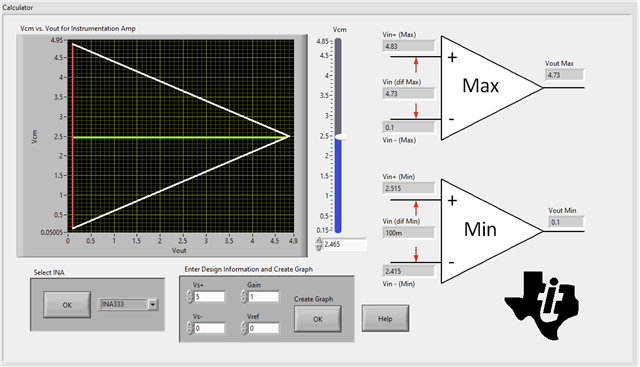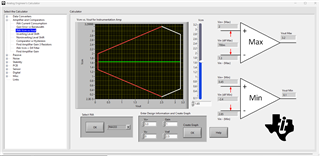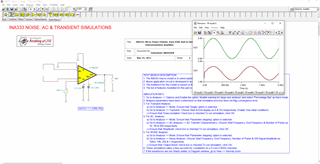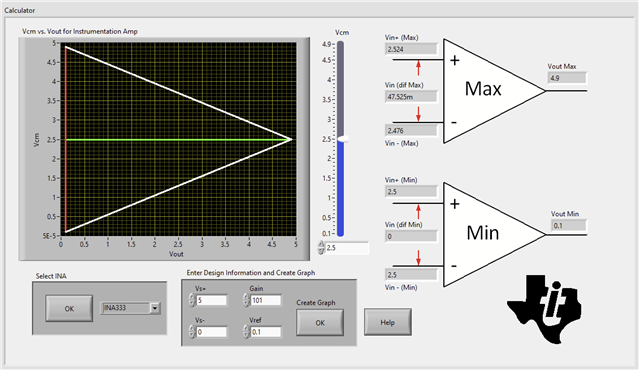Tool/software:
Dear sir,
We have configured the INA333 for a single-supply, single-ended input configuration in our custom project. However, we couldn't find any reference to a single-ended input application in the datasheet. Could you please confirm whether a single-ended input configuration is supported by the INA333? Also, if possible, kindly suggest a reference circuit for the INA333 instrumentation amplifier.
Additionally, we tried simulating the circuit, but it did not work as expected. Please find the attached schematic and simulation report for your reference.
Best Regard,
Samudralankaiah





